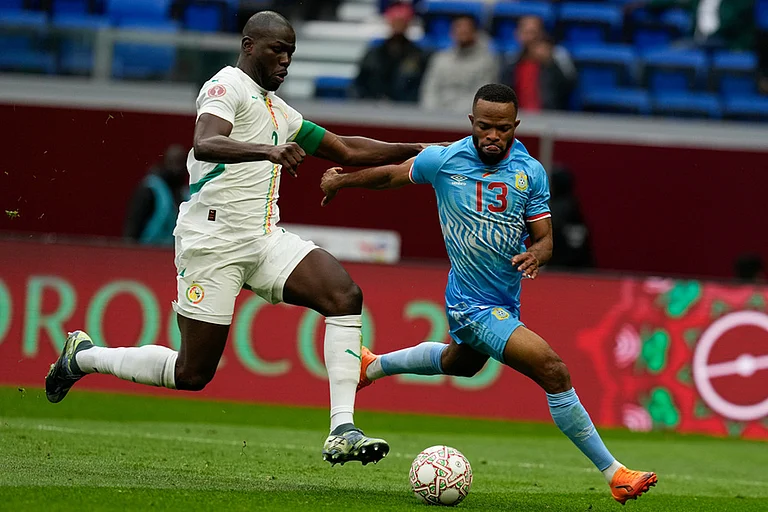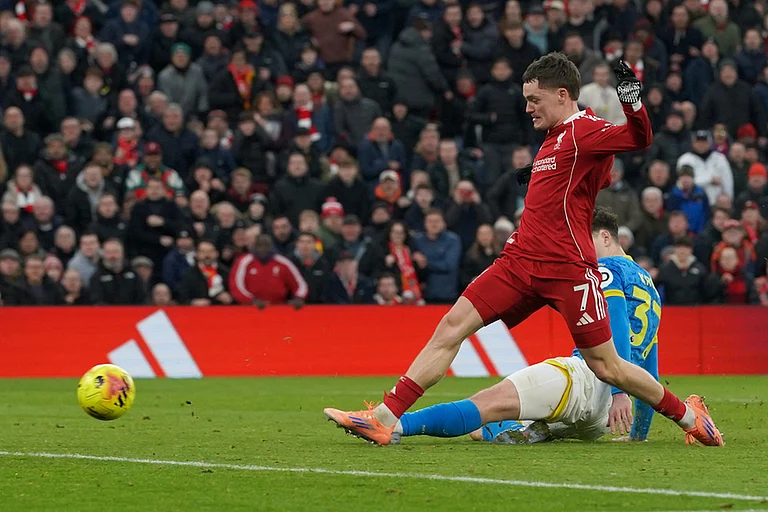Finance minister P. Chidambaram’s statement that he’s not averse to bank mergers has spurred CEOs of at least six PSU banks to seek acquisition targets. Petroleum minister Mani Shankar Aiyer’s desire to create an oil monolith has forced his officials to look at M&A options among the six oil PSUs. The steel minister too has bowed to the demand of the West Bengal government and is interested in merging the now-profitable SAIL with its seriously ailing subsidiary IISCO.
"The mega-merger of oil companies is expected to enhance the competitive strength of the merged entity in the domestic and the international market," says Proshanto Banerjee, CMD, GAIL. Predictably, West Bengal CPI leader Gurudas Dasgupta feels that the SAIL-IISCO deal will help the latter become profitable and "retrieve its position". And no one can deny that ‘big is always better’ in financial services.
But is becoming bigger the best option for the PSUs? Will it help them become more efficient and profitable? And do mega-mergers work, either in India or the global arena? The answer is a big No. For, in truth the government is pursuing them for the wrong reasons. Therefore, no additional synergies can be derived by making one entity gobble up a few others. Even Dasgupta is a bit sceptical about most of these mergers, except for the SAIL one, "One needs cooperation among PSUs in the same sector, not combination."
A major factor driving PSU consolidation is to attain "critical size" to compete with global players. A proposal to merge the six oil entities (ONGC, IOC, OIL, BPCL, HPCL and GAIL) will create a firm with an over Rs 3,00,000 crore turnover. This will still be less than a third the size of global giants Exxon-Mobil and Shell. Another proposal to merge BPCL and HPCL with ONGC (revenues: Rs 1,55,000 crore) and combine IOC and OIL (turnover: Rs 1,19,000 crore) will form still smaller firms.
In addition, Aiyer favours mergers in a bid to stop firms from competing with each other, and using up their resources to get into seemingly unrelated areas. Thus, ONGC, IOC and OIL want to be in the exploration business and also buy equity in oilfields abroad. Recently, ONGC, an exploration firm, announced a grand plan to venture into shipping, power and petrochemicals. Even GAIL, which is largely into pipeline infrastructure, is seriously eyeing the retailing segment; its CMD says he wants to "expand operations in 28 more cities (apart from Delhi and Mumbai)."
Since each oil PSU wants to be present in all segments of the value chain, the minister feels some combination of the merger options will help him achieve this objective. For instance, ONGC will gain refining capacity and marketing network by digesting BPCL and HPCL. OIL, an exploration firm, gets the same from IOC. A single entity, or a single holding company for all oil PSU will enable the ministry to control all activities—from exploration, refining, distribution to retailing.
However, the exact opposite seems to be happening globally. Firms are merging businesses in the same segment (say, refining and marketing) in specific geographies to achieve greater economies of scale. They are even consolidating their oilfields—by swapping those in one region for others where their presence is stronger. For example, British Petroleum and Mobil consolidated their refining, marketing operations in just Europe, while remaining rivals elsewhere. The estimated cost savings through this move was around $500 million a year. Shell has swapped a number of its oilfields in various countries and, more importantly, it has divested a number of operations or shifted them into a separate joint venture. It’s clear that these firms are looking at M&AS only where there are inherent synergies.
Several studies of mega-mergers in the 1990s have shown that integration by itself doesn’t create value. A 1999 piece in Financial Times by Sydney Finkelstein, professor at the Tuck School of Business, Dartmouth, stated that the high-potential M&AS "tend to be between firms that share similar complementary operations...." The piece added that "the strategic logic of combining complementary assets can also be compelling." Unfortunately, in the case of Aiyer’s mergers, none of this seems to be happening.
At the end of the day, let’s not forget that ONGC has failed in its main business of finding new oilfields in India and investing in oilfields abroad. After Bombay High, there’s been no major success. Moreover, experts like K. Narayanan, former chairman, Directorate General of Hydrocarbons in the petroleum ministry, feel it may be better for ONGC to spend money on improving "annual production rate by an intensive programme of field rehabilitation and redevelopment with the objective of increasing the recovery factor from the current level of 26 per cent or so of oil underground in the pool to an achievable level of 80 per cent of oil in place (already achieved in Canada and North Sea)."
What’s happening in the banking sector is worse. The finance ministry is keen to revitalise weaker banks, some of which are incurring losses, by merging them with stronger ones. Most of the latter banks, who have traditionally been regional players, see this as an opportunity to attain a pan-India presence. In fact, managements of banks like pnb or BoB have nurtured a secret desire to become as big—or powerful—as SBI for years.
But a former banker, who was involved in the decision-making process at the highest level, feels there’s no point "in merging bad eggs with the good ones". He feels the prudent financial principle is to separate businesses not doing well, rather than combining them with profitable ones. "A merger is the easiest and least painful of all possible solutions, the negative results are known only after the government is out of power," he concludes. Dasgupta maintains bank mergers will only "cover up the illnesses of some banks, and not cure them". So, experts think that one can explore other ways to deal with sick banks—by closing them down and protecting all depositors, or aid them through an asset reconstruction route.
Similar arguments can be made in the case of the proposed SAIL-IISCO merger. Steel minister Ram Vilas Paswan feels that the ailing IISCO’s fortunes can be turned around through this move. May be so, but what will happen to SAIL? After years of being in red, the steel behemoth has made profits last year, largely due to vaulting product prices. (Even IISCO has managed modest profits, although it has huge accumulated losses.) And Paswan expects SAIL to use its resources to subsidise IISCO, rather than spend the money on improving its own operations or setting up additional capacities!
Probably, it’s politically correct in the current atmosphere to push through policies to make PSUs bigger and better. Probably, GAIL’s CMD Banerjee is right when he says that "efficient PSUs have an important role to play in India’s economic growth. I do see a greater role being played by these performing PSUs." But merging them without rhyme or reason is hardly the right strategy. One will end up creating bigger elephants that will neither be nimble nor efficient, but only stumble.


























